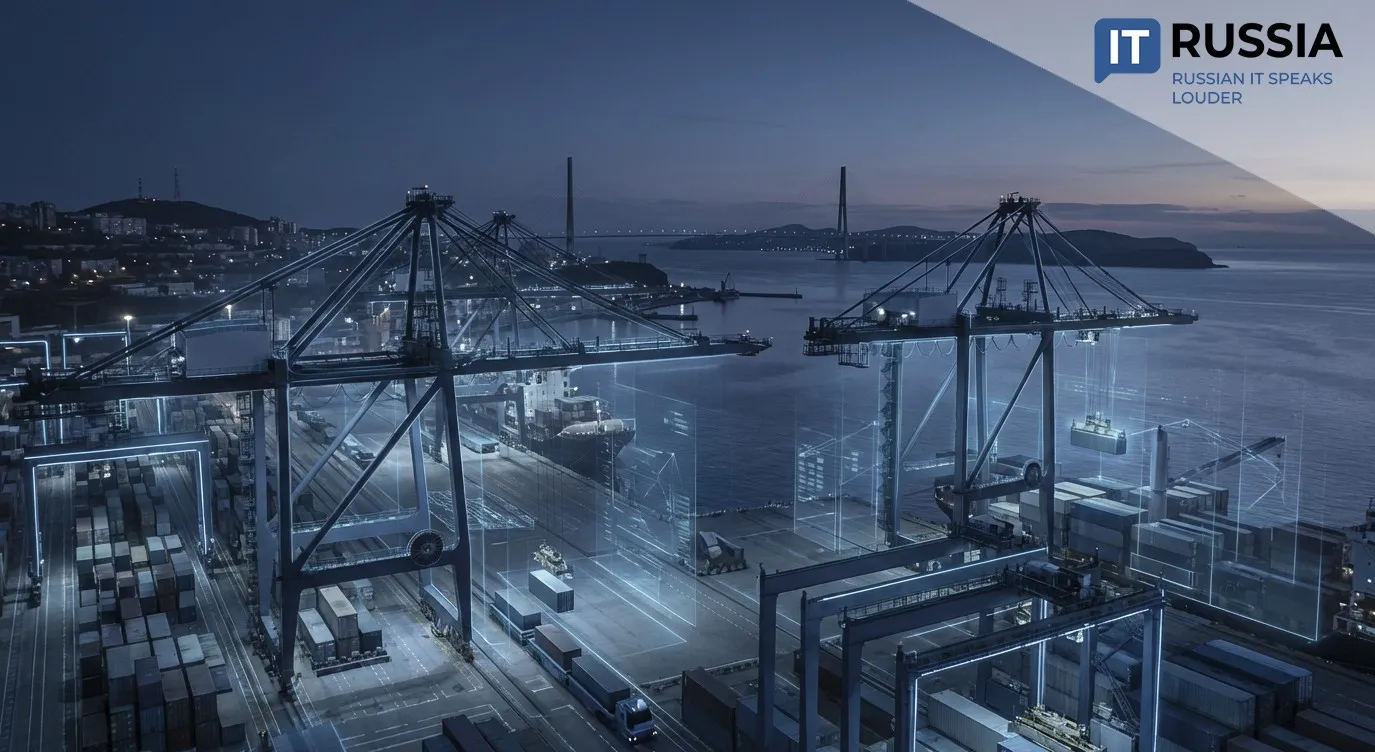Dry Ports, Smart Hubs: Russia’s Digital Backbone for Landlocked Logistics

As Eurasia rises in global trade importance, dry ports—land-based intermodal terminals—are becoming strategic assets for landlocked countries. Russian IT companies are leading the digital transformation of these sites, providing scalable solutions that turn traditional freight nodes into next-generation logistics hubs.
From Manual Terminals to Intelligent Freight Nodes
One standout project is the Khorgos-Gateway dry port on the Kazakhstan-China border. With automated systems to track container origin, weight, and location, the terminal now handles up to 24 trains daily, ensuring continuous cargo flow between East and West.
Russian platforms for container management and warehouse operations are being adapted for use in Uzbekistan and Kyrgyzstan. These technologies are especially impactful in regions where rail gauge differences or legacy systems slow down transit.
Automated document processing systems—developed by Russian Railways (RZD)—have significantly reduced customs delays on Mongolian routes and optimized intermodal workflows across the Eurasian Economic Union.

Digitalization Across the Central Asian Corridor
New digital dry port projects are emerging in Kyrgyzstan and being evaluated by other Central Asian republics. These facilities are equipped with forecasting algorithms, monitoring systems, and integration with national and regional logistics platforms.
Beyond efficiency, these hubs offer cost savings by reducing manual oversight and standardizing intermodal processes. UN and ITF-OECD experts stress the importance of digital multimodal terminals as critical nodes for sustainable development across the region.
Following ESCAP standards, Russian firms contribute platforms for real-time cargo tracking, warehouse automation, and infrastructure diagnostics—turning basic transfer points into dynamic nodes in the global digital supply chain.
Russia’s Offering to the Global South
Leading Russian players like ROLIS and AI Smart Logistics provide terminal operators with modular software for data analytics, fleet and yard management, and AI-based warehouse automation.
Their IT suites reduce operating costs by 20–30%, making them cost-effective for projects even in budget-constrained environments. These systems support offline operation and rapid scaling, which are critical for countries with limited digital infrastructure.

For the Global South, digitizing dry ports means greater autonomy, faster customs clearance, and more reliable cross-border logistics. Russian solutions help nations overcome rail gauge mismatches, bureaucracy, and inconsistent documentation—issues common across emerging economies.
The Future: Dry Ports as Full-Service Digital Hubs
Dry ports are evolving into more than cargo transfer points. With integrated IT platforms and intermodal orchestration tools, they are becoming the foundation for regional logistics ecosystems.
As Russia exports these systems beyond Central Asia, its companies are shaping a new logistics standard—bridging digital gaps and positioning themselves as key enablers of sustainable trade infrastructure across the Global South.









































